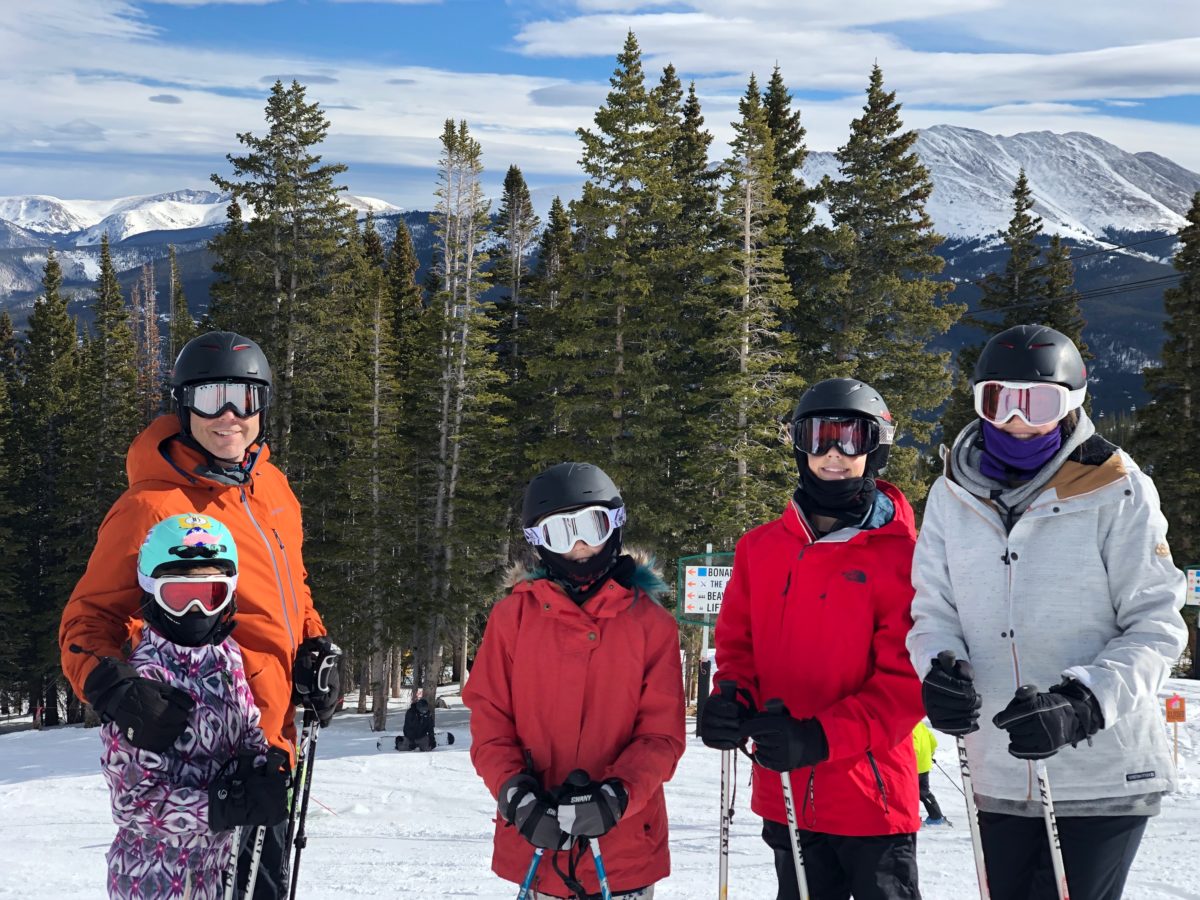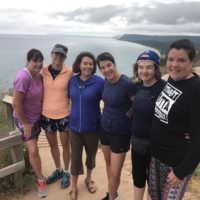Avoid Injuries on the Slopes this Ski Season
When the air chills, many Coloradans, including myself and my family, embrace the change of season and look forward to winter sports. Unfortunately, injuries are fairly common during ski season, especially knee injuries, and fractures. Many injuries occur when the body is tired or ill-prepared for the rigors of skiing and snowboarding.
According to the Consumer Product Safety Commission, in 2017, emergency departments, doctors’ offices and clinics treated:
- 68,809 people for snow skiing-related injuries
- 54,349 people for snowboard-related injuries
Five Tips to Enjoy a Safe & Healthy Ski Season
1. Wear a helmet
Concussions are NOT fun and will put an immediate end to your ski season. Not only does wearing a ski helmet keep your head nice and warm, but helmets reduce the severity of head injuries. Be smart and wear a helmet! This is a non-negotiable in my book.
2. Get in shape pre-season (or recognize your limits)
Skiing and snowboarding require an enormous amount of endurance. Being in shape heading into the season is hugely beneficial. If you aren’t in great shape, then respect your body when it is tired and take a break. Injuries occur in large part when our muscles are fatigued.
- Aerobic Training: Maintain an exercise routine to build aerobic (stamina) capacity through such activities as running, swimming, elliptical and hiking. For those who are more aggressive on the mountain, add in some interval training with sprinting and quick burst activities to prepare muscles for the challenge of all types of terrain.
- Strength Condition: Whether carving the middle of a groomer or tackling the bumps, leg strength is vital to making your way down the hill safely. Build leg strength with exercises such as lunges, squats and wall sits. Lateral lunges and jumps will help work on agility as well. Our Colorado Springs community provides abundant elevation changes, so use the hills to your advantage during your workouts to build leg strength.
3. Stretch
Maintaining flexibility to muscle groups is an often-overlooked component in injury prevention. While skiing and snowboarding, muscles act as shock absorbers as we make our way down the hill, responding to enormous loads and unfamiliar positions. Stretching before, during and after any strenuous activity is an important way to alleviate muscle strains and soreness. A regular yoga routine is an excellent way to work on flexibility, as well as improve balance, which is crucial to maintaining good form on the mountain.
4. Sweat the small stuff
Although preparation during the weeks and months leading up to ski season is important, don’t forget about the simple things we can do before and during each ski day to make our day more enjoyable.
- Get a good night’s rest and drink plenty of water to maintain hydration.
- Limit alcohol consumption the night before skiing as this will lead to poor muscle performance as well as increased risk of altitude sickness from dehydration.
- Pack energy foods and snacks for a long day on the mountain to keep your energy level up and maintain peak performance.
5. Know when to call it quits
Don’t push yourself to take “one more run” or to ski or board aggressively at the end of a long day. Know and respect your physical limits. This will go a long way in preventing injury.
Accidents Happen – Have a Plan!
Unfortunately, even the best skiers and snowboarder fall and get hurt. If you experience an injury, please consider visiting Colorado Springs Orthopaedic Express Bone & Joint Injury Care. Our walk-in clinic requires no appoint and offers patients direct access to specialists in bone, muscle and joint injury care at a fraction of the cost of visiting an emergency room. Learn more by visiting www.csogexpress.com or calling our staff at 719-622-4550.

[contact-form][contact-field label=”Name” type=”name” required=”true” /][contact-field label=”Email” type=”email” required=”true” /][contact-field label=”Website” type=”url” /][contact-field label=”Message” type=”textarea” /][/contact-form]




